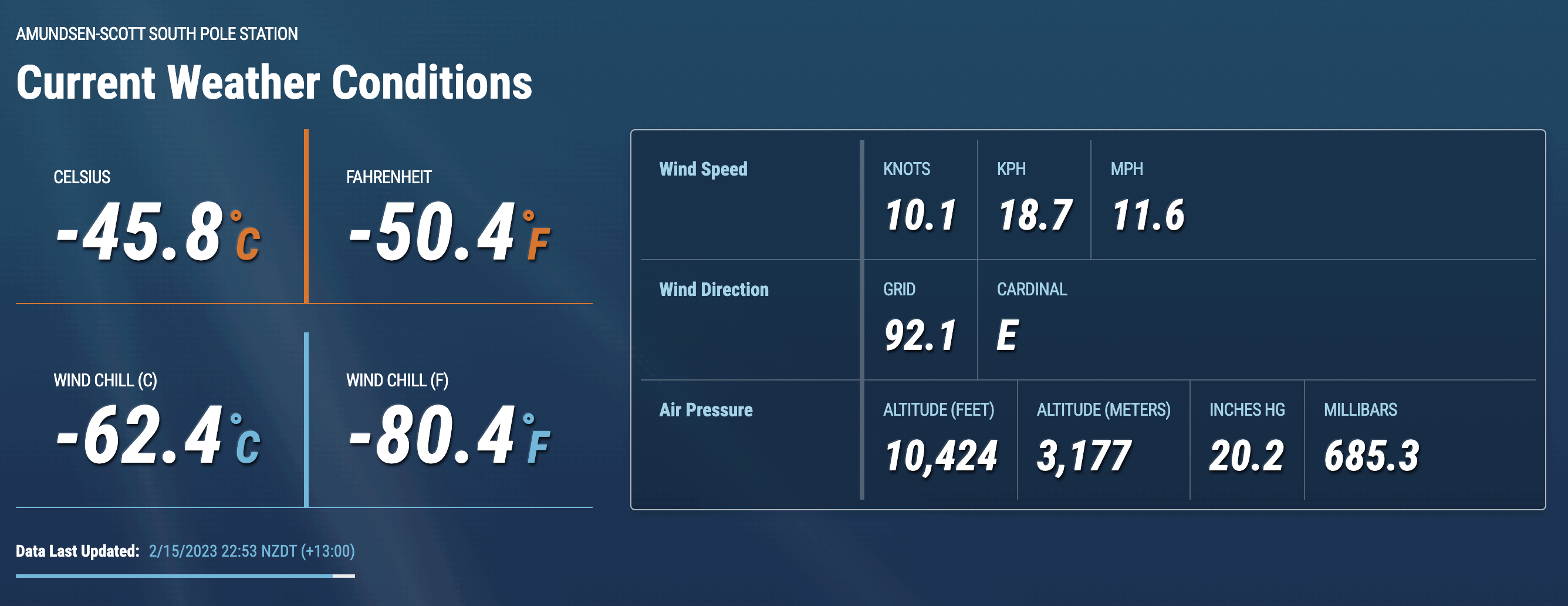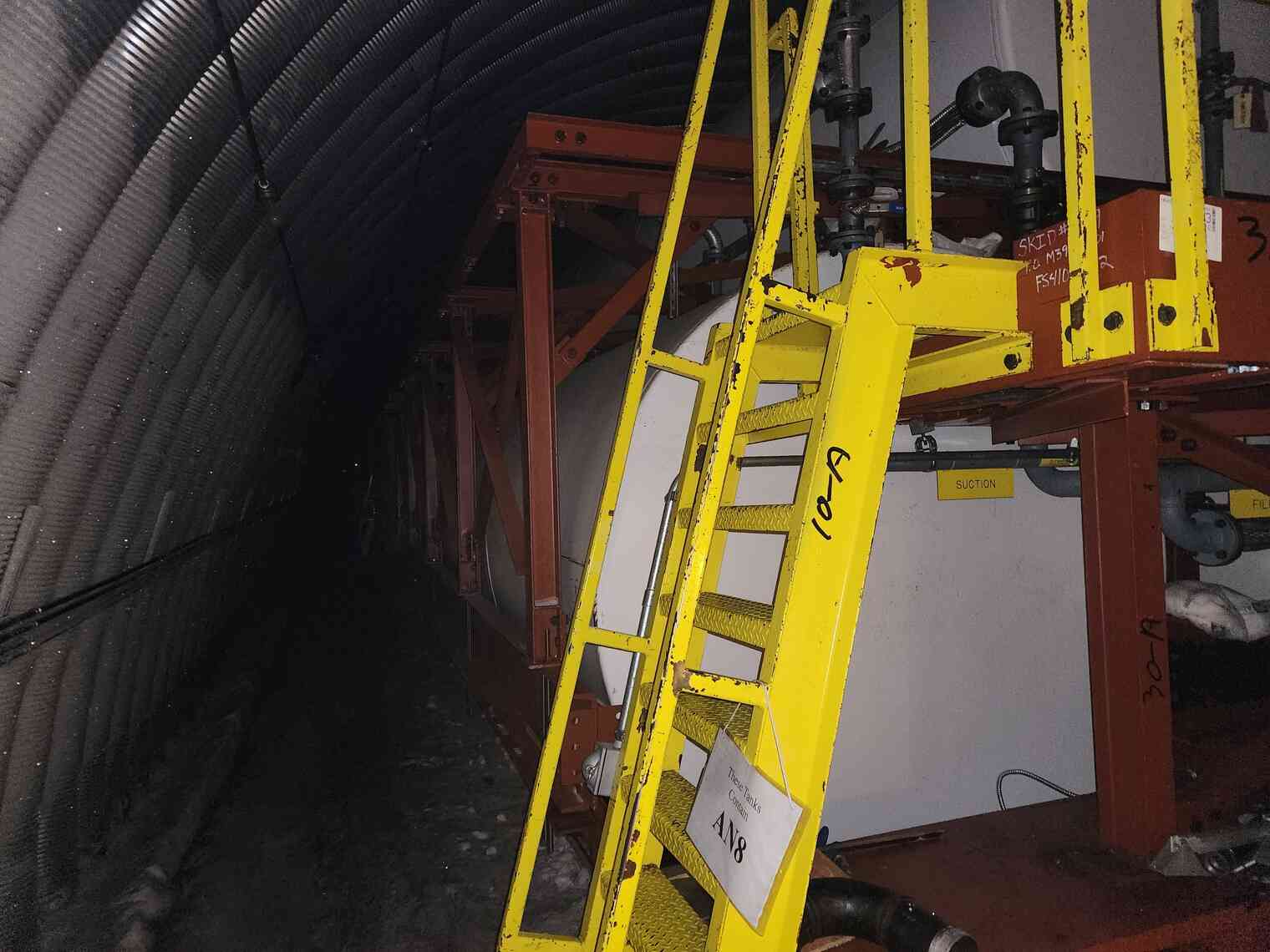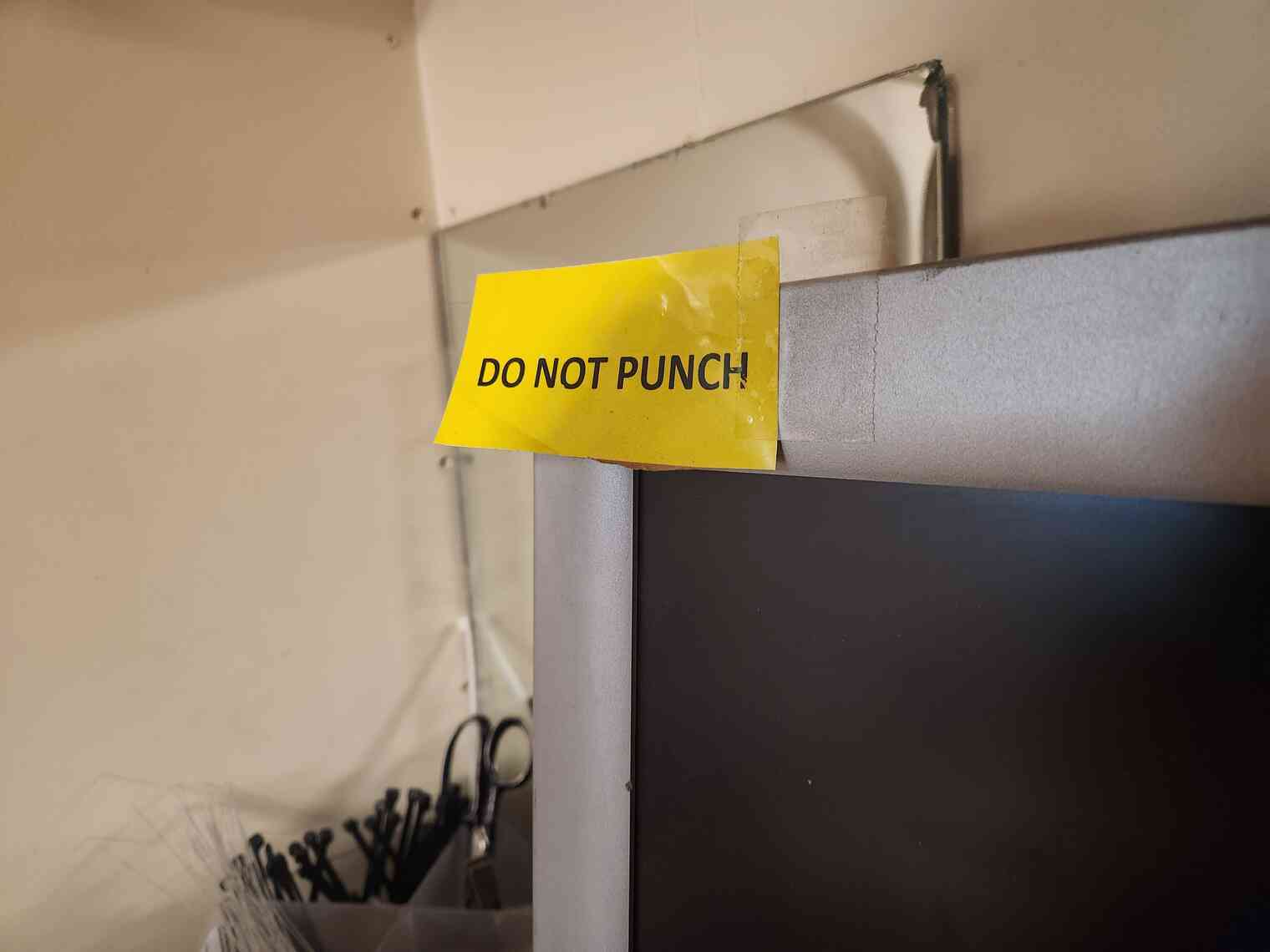February 15th marks the official “station close” here at Amundsen-Scott South Pole Station.
Faced with the rapidly-approaching polar winter, which promises bitterly cold temperatures and unrelenting darkness, the station enters an 8-month period of complete and total isolation.
We’ve spent the short summer diligently preparing – stockpiling food and fuel, completing projects, updating infrastructure, training personnel, and readying ourselves for the months ahead.

The final SPoT (South Pole Traverse) arrived a few days ago and completed offloading fuel and supplies. SPoT is a much more fuel-efficient method of getting stuff to Pole – they drive here from McMurdo, completing the journey in a few weeks. They’ll depart for the return trip to McMurdo shortly.
Earlier today, the last LC-130 arrived and quickly departed Pole, carrying the remaining Summer personnel back to McMurdo and onward back to civilization.
Here you can see it landing on our skiway:
We watched from the balcony as the plane was loaded with passengers, and then as it rumbled down the skiway and took off into the distance.

Right on schedule, mother nature delivered a brisk preview of the upcoming winter – the temperature dropped nearly 20 degrees within the past 24 hours. We’re sitting at -50°F right now, with a wind chill of -80°F.

This final plane left behind a few dozen souls who will maintain continuity, keep the station going, and conduct critical winter science and logistics activities. If all goes well, the next time we see a plane will be in late October 2023.
I’m thrilled to be a part of this skeleton crew. A year ago I was living in an urban apartment in San Francisco, working for startups, and occasionally donning a light jacket for evening strolls around town.
Now, 8,500 miles away, totally out of my element, and making it all up as I go, I have a once-in-a-lifetime opportunity to help carry South Pole Station through the long dark night.
Winters in Antarctica are slower-paced. The population drops. There is less frenzied energy. Empty tables in the galley. Shorter lines. Empty hallways. Time to work on longer-term projects, both professional and personal. Time for introspection, deliberation, binge-watching shows, and maybe picking up a new hobby or two.

At the same time, we’re acutely aware of the risks that come along with the long isolation. The constant bitter cold. The total absence of sunlight for several months. Being cooped up with the same people for 8 months straight. The lack of stimulation, novelty, fresh food. Slow and intermittent Internet access.
And, of course, complete and utter dependence on our critical life-safety systems – fuel, electricity, heat, water, wastewater, communications, food, medical care. None of us will last long in the Antarctic night, and our preparations reflect that. It’s been a unique experience getting up-close with the systems that sustain us. Infrastructure is truly front-and-center, because how well we maintain these systems is, quite literally, a matter of life or death.

Practically nowhere else, with my professional background, would I be expected (or allowed!) to walk right up to an industrial CAT diesel genset and take cylinder temperature readings. But here – it’s something I’ve learned, because it’s a small part I can play in (quite literally) keeping the lights on.
At least a few times this winter, I’ll don my full set of ECW gear (and then some), check and double check that my radio works, and walk the mile out to one of our outbuildings, in complete darkness, in temperatures that sometimes dip below -100°F.

Guided only by a red headlamp and some flag lines we’ve placed in the snow, trudging across the polar plateau, in the dead of night, I’ll be far, far removed from my urban San Francisco life.
I’m fortunate to have this opportunity, and I’m looking forward to it.
Until next time!











